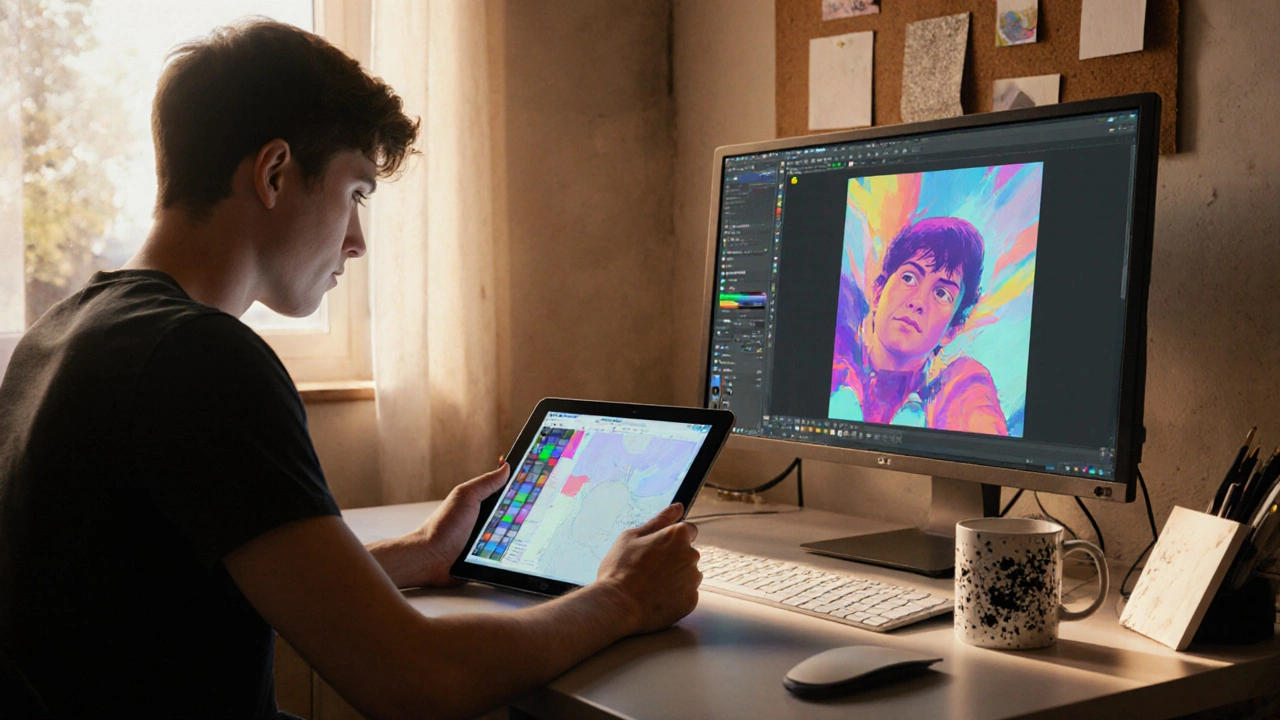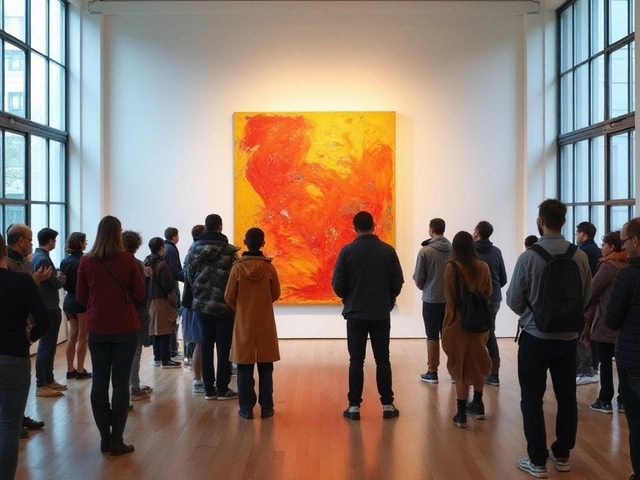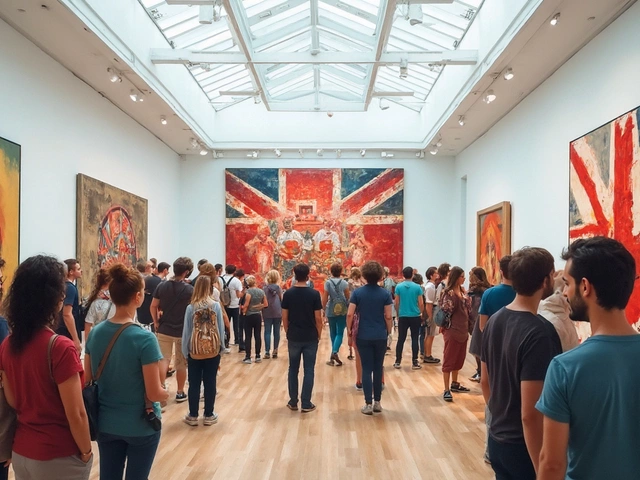Print Making: Tools, Techniques, and Community
When working with Print Making, the process of transferring an image from a prepared surface onto paper or fabric using ink and pressure. Also known as printmaking, it blends craftsmanship with creativity, letting artists reproduce work efficiently while keeping each piece unique. One of the oldest sub‑forms is Etching, a metal‑plate technique where lines are cut with acid before inking and printing. Print making encompasses many methods, supports, and markets, making it a versatile skill for both hobbyists and professionals.
Beyond etching, print making often involves Screen Printing, where a mesh screen blocks ink to create bold, flat colors popular in textiles and posters. Lithography uses a flat stone or metal plate, relying on oil‑water repulsion to deliver fine tonal ranges. Both screen printing and lithography require specific tools—squeegees, emulsions, or litho stones—and a clean studio space to handle chemicals safely. The choice of technique influences the final texture, how many copies you can produce, and even the type of paper best suited for the work.
Materials, Equipment, and Skills You Need
Successful print making starts with the right material trio: a sturdy support (like copper, zinc, or linoleum), high‑quality inks (oil‑based or water‑based), and absorbent paper that matches the pressure of your press. Artists in Pembrokeshire often favor locally sourced paper for its texture and environmental friendliness. Knowing how to prepare a plate—whether you’re polishing a copper surface for etching or coating a screen with photo‑emulsion—sets the foundation for consistent results. Mastery of pressure adjustment on a manual or hydraulic press is another key skill; too much pressure can flatten details, while too little leaves a faint impression.
Print making also intersects with design and business. Many creators use their prints to build a portfolio, sell limited editions online, or showcase work in local galleries. Understanding copyright basics helps protect your editions, especially when you move from studio to market. Pricing prints involves calculating material costs, time spent, and the perceived uniqueness of the edition size. For beginners, starting with small relief prints on linoleum can keep expenses low while you get comfortable with inking and registration.
Because print making thrives on community, Pembrokeshire offers workshops, studio rentals, and exhibition opportunities that bring artists together. Joining local print‑makers groups gives access to shared presses, feedback sessions, and collaborative projects that push creative boundaries. Whether you’re exploring the subtle gradations of a lithograph or the graphic punch of a screen print, the local scene provides resources and inspiration.
Below you’ll find a curated selection of articles that dive deeper into each technique, review equipment, and share real‑world tips from artists who live and work in this coastal region. Use them as a roadmap to expand your print‑making practice, troubleshoot common problems, and discover new ways to showcase your work.

Learn how to turn your artwork into professional art prints step by step, from picking the right printing method and paper to ordering, shipping, and framing.





